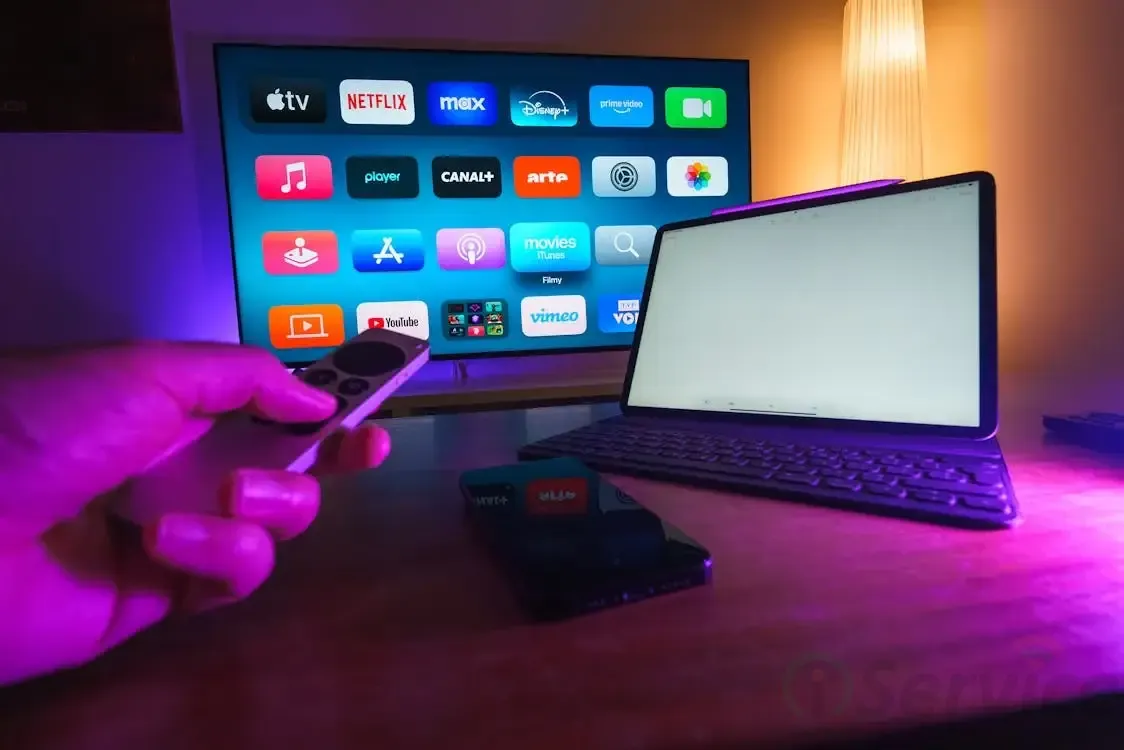OLED vs LED: Which Display Technology is Better for You?
OLED vs LED: Which Display Technology is Better for You?

When shopping for a new TV, smartphone, or computer monitor, you’ve likely encountered the terms OLED and LED (LCD). Both technologies light up your screens, but they do it in fundamentally different ways that affect everything from color accuracy and contrast to power consumption and price. So, what exactly is the difference between OLED and LED, and which one should you choose? Let’s break it down.
What Is LED (LCD)?
First things first—LED stands for Light Emitting Diode, but in most consumer tech, when we talk about "LED TVs," we’re actually referring to LED-backlit LCD displays.
In this setup:
-
The LCD panel controls the image you see using a liquid crystal layer.
-
Behind it, LED backlights shine through the panel to illuminate the picture.
There are different types of LED backlighting (e.g., edge-lit and full-array), and modern versions include QLED (Quantum Dot LED), which enhances brightness and color.
Pros of LED (LCD)
-
More affordable than OLED
-
Brighter displays, great for well-lit rooms
-
No burn-in risk
-
Available in a wide range of sizes and brands
Cons of LED (LCD)
-
Limited contrast ratios (blacks appear grayish in dark scenes)
-
Viewing angles are narrower
-
Backlight blooming can reduce image precision
What Is OLED?
OLED stands for Organic Light Emitting Diode. Unlike LED, each individual pixel in an OLED display emits its own light and can be turned on or off independently.
This means:
-
When a pixel is "off," it emits no light—resulting in true black.
-
When it's on, it glows on its own, without the need for a backlight.
Pros of OLED
-
Infinite contrast ratios (true blacks and vibrant colors)
-
Excellent viewing angles
-
Thinner, lighter screens
-
Faster refresh rates for smoother motion
Cons of OLED
-
More expensive
-
Lower peak brightness than LED
-
Risk of burn-in if static images stay on screen too long
-
Typically less energy-efficient when displaying bright content
Key Differences at a Glance
| Feature | OLED | LED (LCD) |
|---|---|---|
| Black Levels | Perfect blacks | Dark gray |
| Brightness | Good, but lower than LED | Very high, good for bright rooms |
| Contrast | Infinite | Limited by backlight |
| Viewing Angles | Excellent | Decent to poor |
| Burn-in Risk | Yes, with static content | No |
| Price | Higher | More budget-friendly |
Which One Should You Choose?
The choice between OLED and LED depends on how and where you use your screen:
-
OLED is best for: Movie buffs, gamers, and design professionals who prioritize image quality, deep blacks, and immersive visuals.
-
LED (LCD) is best for: Bright rooms, casual TV viewing, and budget-conscious buyers who still want a large display.
If you’re buying a TV for a home theater setup in a dim room, OLED is likely worth the investment. If you’re looking for a bright screen in a sunlit living room or a second TV for the kids, LED may be the better choice.

